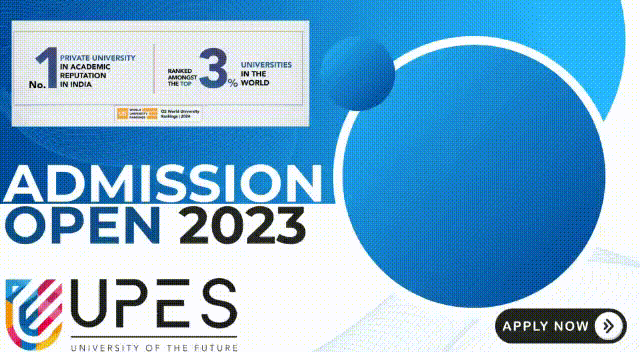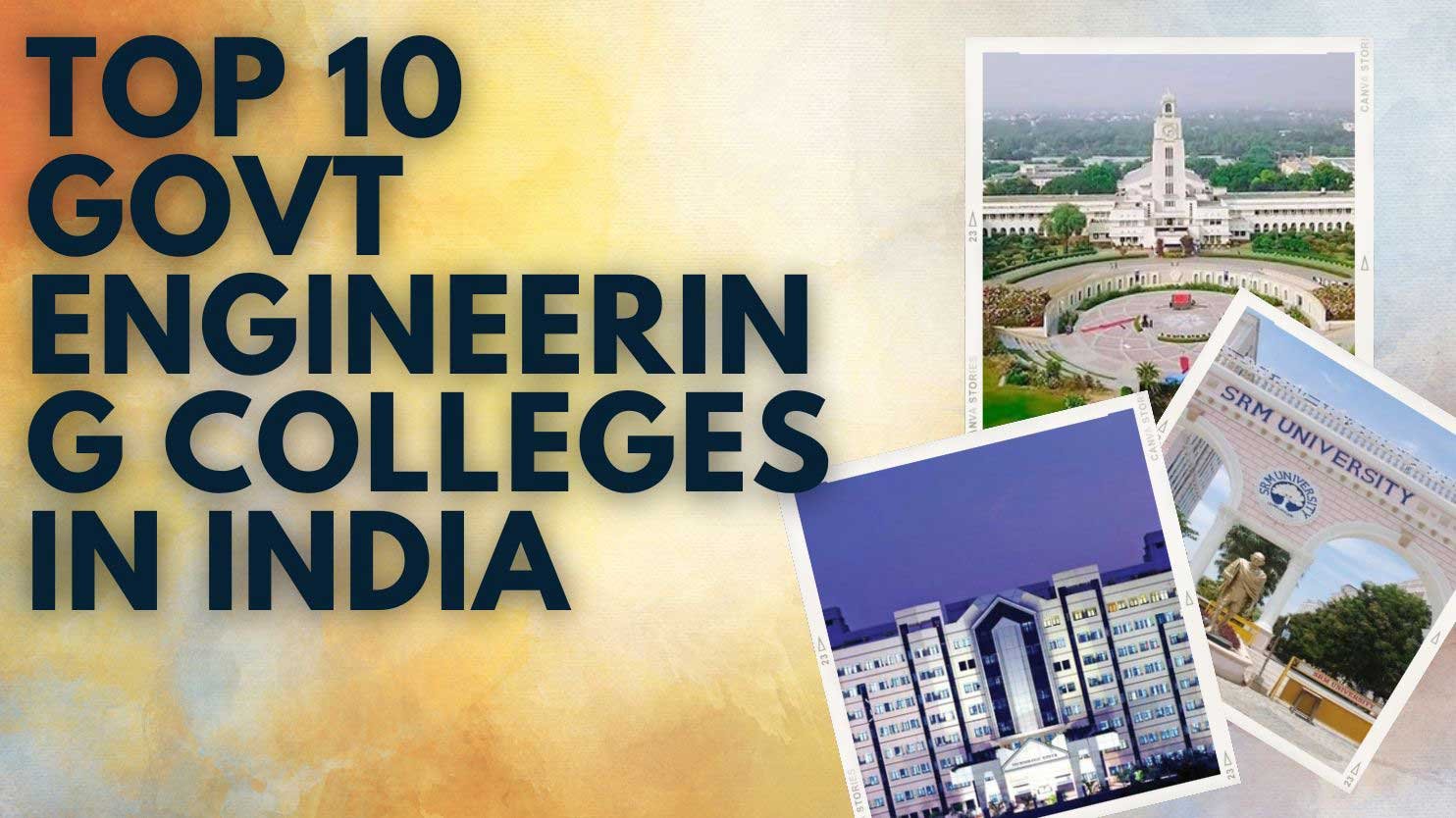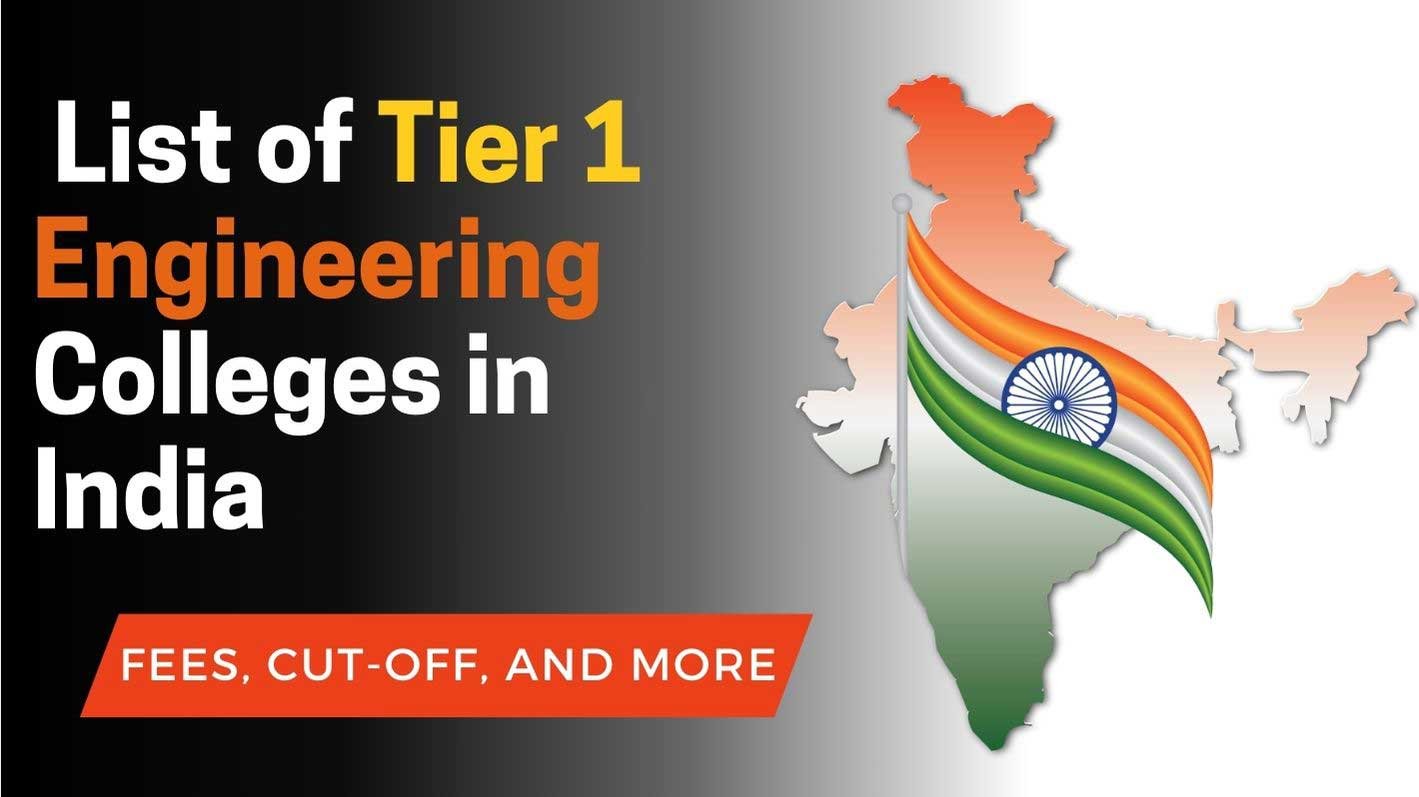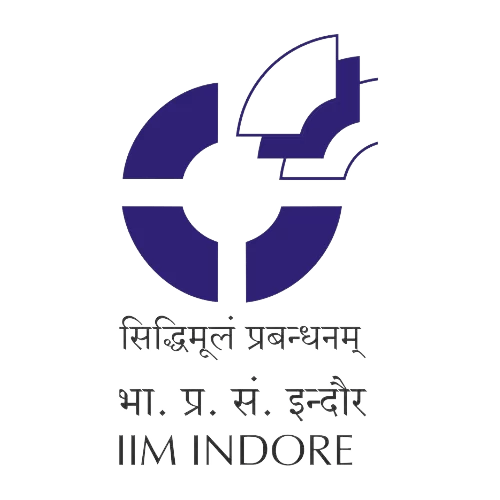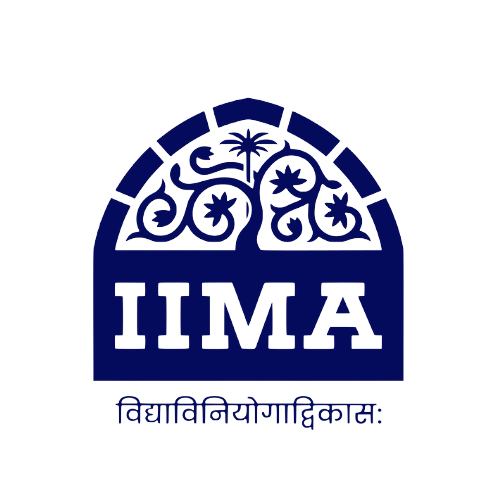CUET PG 2024 BIOCHEMISTRY SYLLABUS: Important Topics, Pattern and Books

Table of Contents
NTA released CUET PG 2024 Biochemistry syllabus in the PDF format on the official website of CUET PG. Biochemistry combines Biology and Chemistry making itself a laboratory based science. It explores and experiments the chemical substances and observes the processes that occur in a living organism. Those who’ve completed their graduation in chemistry or life sciences can plan on taking the CUET PG 2024 Exam for pursuing a master’s degree in Biochemistry. NTA conducts the CUET exam and more than 197 universities participate in it.
The CUET PG 2024 exam will start from 11th March 2024 and continue till 28th March 2024. In the first week of January, the CUET PG Registration form is likely to be released by NTA. CUET PG 2024 is an entrance exam at the national level which enables you to take admission in various universities for various courses.
CUET PG 2024 Exam Pattern
As observed before, CUET will be CBT, i.e., Computer Based Test. The test will have multiple choice questions with a duration of two hours. Mentioned below is the pattern of the test:
| Names | Details |
|---|---|
| CUET PG conducting body | National Testing Agency |
| Medium of Exam | English and Hindi |
| Number of Questions | 100 |
| Type of Questions | Multiple Choice Questions |
| Marking Scheme | Correct Question: +4 Incorrect Question: -1 Unattempted Question: 0 |
| Total Sections | Sections: 2 ( A and B) Section A: 25 Questions based on Language Comprehension, Verbal ability, General Awareness, Mathematical and Quantitative Ability, Analytical Skills. Section B: 75 Questions Based on Subject Specific Knowledge. |
CUET PG 2024 Biochemistry Syllabus
The question paper of Biochemistry will consist of hundred questions and it will be divided in two sections. The syllabus of CUET PG is divided into 14 units. Mentioned below is the syllabus for CUET PG Biochemistry:
| Name of Chapter | Topics to Cover |
|---|---|
| Introduction to Biochemistry | Understanding of Biochemistry as a disciplineFundamental properties of elements, their role in formation of biomolecules and in chemical reactionsConcepts of mole, mole fraction, molarity, etc.Unique property of water as a universal solvent.Fundamentals of Adsorption, Viscosity, Distribution law, Osmotic pressure, etc.Fundamental laws relating to photochemistry |
| Bioorganic Chemistry and Metabolites | Significance of Organic ReactionsElectrochemistry to conductance, voltaic, and electrolytic systemsChemical bondingAliphatic and aromatic compounds and IUPAC nomenclature.Formation of polymers and their importanceStereochemistry in determining conformations of biomolecules |
| Cell Biology | Structure of cell and various cellular eventsFunction of various subcellular organellesCell theory and techniques for fractionation of sub-cellular organellesComposition of cytoskeleton and extracellular matrixCell cycle, cell division and cell death mechanisms |
| Biochemical Techniques | Chromatographic techniques and their applicationCentrifugation and chromatography in biological investigationsPrinciples of Electrophoresis, Spectrophotometry and ELISA and their applications |
| Biomolecules | Biomolecules present in living cellsKey contributions of scientists such as Hans Kreb, G. N. Ramachandran, Melvin Calvin, Louis Pasteur, Har Gobind Khorana, Watson etc.Properties of carbohydrates, proteins, lipids, cholesterol, DNA, RNA, glycoproteins and glycolipidsProcess of fermentation and manufacture of BiodieselAmino acid and nucleotide sequences of proteins and DNA respectively |
| Nutrition | Glycemic index, balanced diet, micronutrient deficiencies and the remedies, nutraceuticals and their importance, junk foods and their hazardsNeed for specialized food for people with special needs – diabetes, pregnancy, inherited genetic disordersUse of alternate crops – cereals and pulses and their importanceCattle industry and its contribution to greenhouse gasesMerits and demerits of vegetarian and non-vegetarian foods |
| Metabolism | Importance of lipids as storage molecules and as structural component of biomembranesImportance of high energy compounds, electron transport chain, synthesis of ATP under aerobic and anaerobic conditionsRole of TCA cycle in central carbon metabolism, importance of anaplerotic reactions and redox balanceProperties of metabolic enzymes of the host and pathogensMetabolic engineering for the production of useful biomolecules |
| Bioenergetics and Membrane Biology | Basic concepts of Bioenergetics, mechanisms of oxidative phosphorylation and photophosphorylationComposition and structure of biomembranes, transport mechanisms across biological membranesConcept and mechanism of ATP synthesis. |
| Human Physiology | Mechanism of signal transduction by steroid and polypeptide hormonesProcess of gaseous exchange in tissues and lungs, respiratory adaption to high altitudeDifference between hemoglobin and myoglobinMuscular dystrophies, the role of steroids in muscle buildingNitrogen metabolism |
| Clinical Biochemistry | Constituents of urine, blood and their significanceCausation of diseases of liver, kidney, mechanism of CancerTrigycerides and lipoproteins and their relationship with various diseasesRole of enzymes in diagnosis of various diseases |
| Microbiology | Contributions of Louis Pasteur, Edward Jenner and Robert Koch in microbiology and immunologyDiscovery of antibiotics and their targets, drug/antibiotic resistance, preventive and therapeutic approaches of infectious diseasesMicroorganisms as model systems in genetics and biochemistryContribution of gut microbiome in human healthBasic concepts of metabolic engineering and synthetic biology |
| Immunology | Immune system including cells, organs and receptorsStructure and functions of different classes of immunoglobulins, the genetic basis of antibody diversity and the importance of humoral, cell-mediated and innate immune responses in combating pathogensDifferent types of hypersensitivity, and the importance of conventional vs. recombinant vaccinesImportance of antigen-antibody interaction in disease diagnosisPrinciples of tolerance, autoimmunity and the role of immunity in protection against pathogens |
| Enzymology | Enzymes and their importance in biological reactionsDifference between a chemical catalyst and biocatalystActivation energy and its importance in biological reactions |
| Molecular Biology and Genetic Engineering | DNA as genetic material, DNA replication, transcription, DNA repair and translationCoding and non-coding regions of eukaryotic genomeExposure of E. coli lac operon, PCR, expression vectors and their importance in BiotechnologyMerits and Demerits of transgenic cropsGenomics, proteomics, metabolomics and their importance in human health |
Some Books That are Just Right for Preparation
Candidates can refer to the below mentioned books for preparing for CUET PG 2024:
| Name of Book | Author |
|---|---|
| MSc Biotechnology and Biochemistry Entrance Examination Guide | Dr. BB Singh |
| Lehninger’s Principles of Biochemistry | David L. Nelson and Michael M. Cox |
| GATE Life Science: A Complete Guide | RPH Editorial Board |
For the most recent information about colleges and universities, entrance, programs, tests, schools, research, NEP, and other educational policies, follow us. Write to us at news@formfees.com if you want to get in touch.Edit

